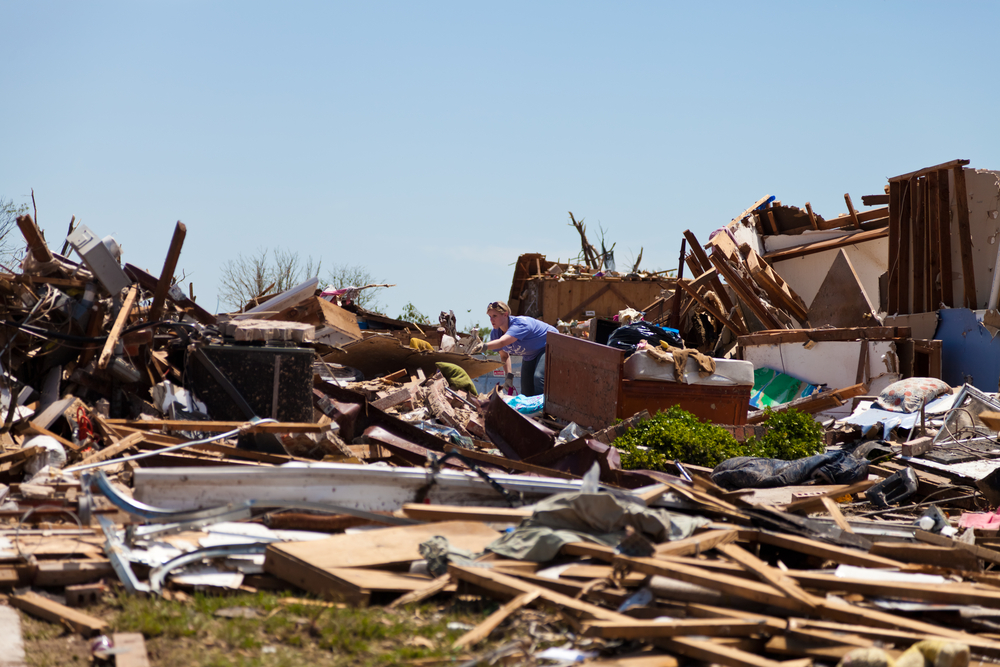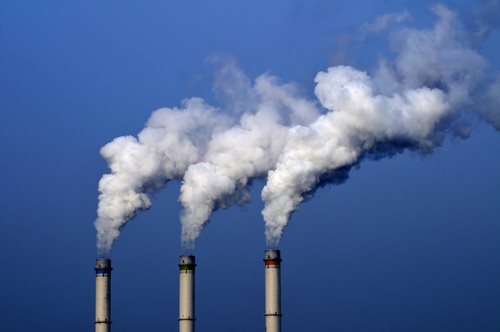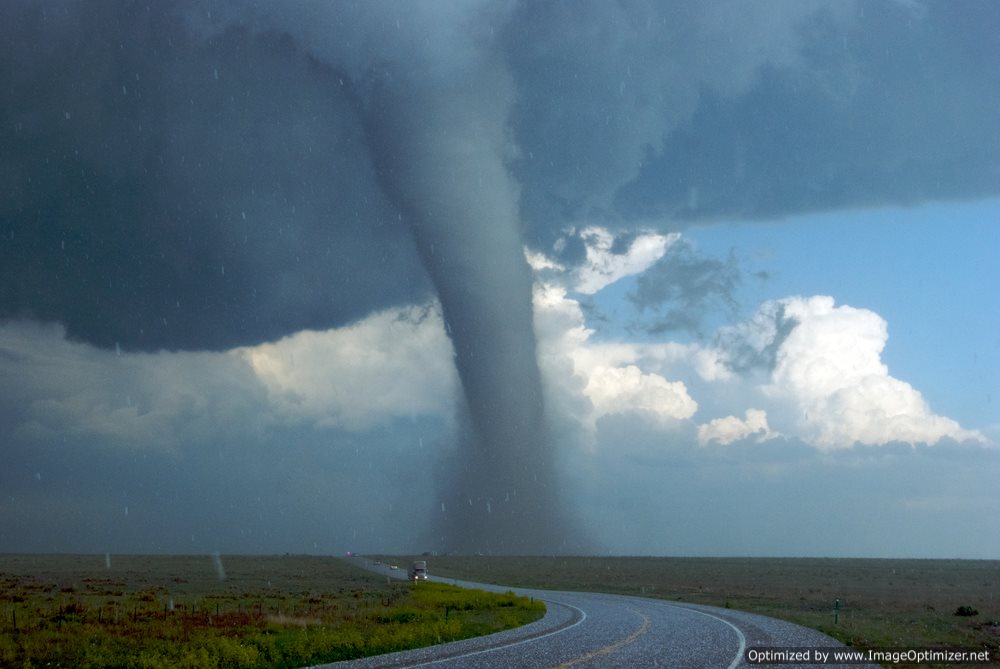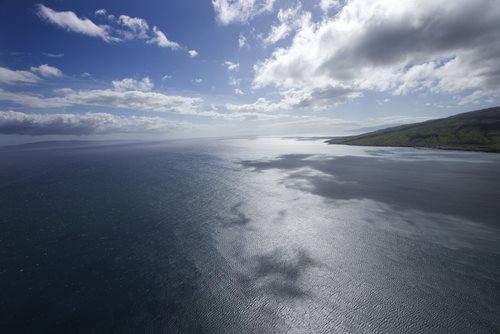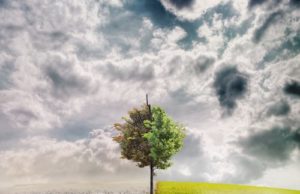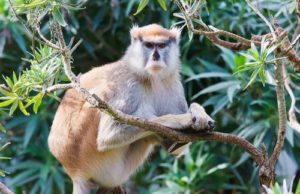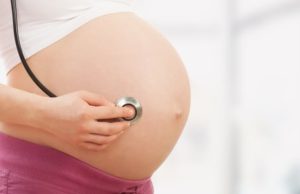Maine Modernizing State Mining Regulations

On November 19, 2012, the Maine Department of Environmental Protection (DEP) announced it was hiring a Michigan firm and Maine subcontractor to update state mining rules that have not been changed in decades.
The Michigan firm, North Jackson Company, is an environmental and engineering firm located in the Marquette Mineral District. The firm will work with the state DEP over the next 18 months to make changes and provide environmental insight to the mining rules that have not been changed in 20 years. The changes are required by a bipartisan law passed by the state’s 125th Legislature.
The North Jackson Company received a $175,000 contract because they have experience in mineral mining regulations. They have also helped the state of Michigan make changes to their old mining rules. The Maine subcontractor, S.W. Cole Engineering, Inc., with provide consulting in geotechnical engineering, Maine environmental regulations, and landscape information to the Michigan firm.
DEP Commissioner Patricia Aho emphasized that minerals can be recovered in a way that is environmentally sound for the air, land and water—as long as the state’s minding rules are updated.
She also stated: “Our selection of partners with reputations for providing reliable technical information through rigorous science that allows their clients to make sound environmental management decisions demonstrates this process is one we take seriously. We look forward to working with the North Jackson Company and S.W. Cole as we undertake this important work together.”
After the legislature and DEP agreed to update mining rules, a large number of advertisements were sent to members of the National Mining Association and Interstate Mining Compact. The North Jackson Company was selected because they were the most qualified.
The updated rules will address surface water protection and waste rock management as well as ensure that all proposed mining operations prove financially reasonable environmentally and for state citizens.
Commissioner Aho continued: “DEP’s promise is that as this process moves forward, it will be thoughtful and transparent and if mining activity is carried out in Maine as a result of these regulatory updates, it will be done in a responsible, respectful way that helps Maine and its citizens receive the benefits of the resource while also guaranteeing that environmental protections are upheld and subsequent remediation and closure is adequate.”
More information about the updates can be found on the websites of the Maine DEP, North Jackson Company, or S.W. Cole Engineering.
Source: Maine Department of Environmental Protection

